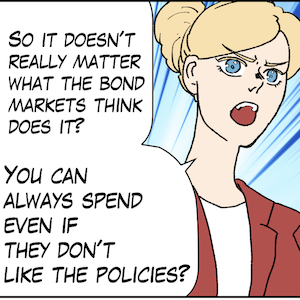The Eurozone Member States are not equivalent to currency-issuing governments in fiscal flexibility
I don’t have much time today for writing as I am travelling a lot on my way back from my short working trip to Europe. While I was away I had some excellent conversations with some senior European Commission economists who provided me with the latest Commission thinking on fiscal policy within the Eurozone and the attitude the Commission is taking to the macroeconomic surveillance and enforcement measures. It is a pity that some Modern Monetary Theory (MMT) colleagues didn’t have the same access. If they had they would not keep repeating the myth that for all intents and purposes the 20 Member States are no different to a currency issuing nation. Such a claim lacks an understanding of the institutional realities in Europe and unfortunately serves to give false hope to progressive forces who think that they can reform the dysfunctional architecture and the inbuilt neoliberalism to advance progressive ends. There is nearly zero possibility that such reform will be forthcoming and I despair that so much progressive energy is expended on such a lost cause.
